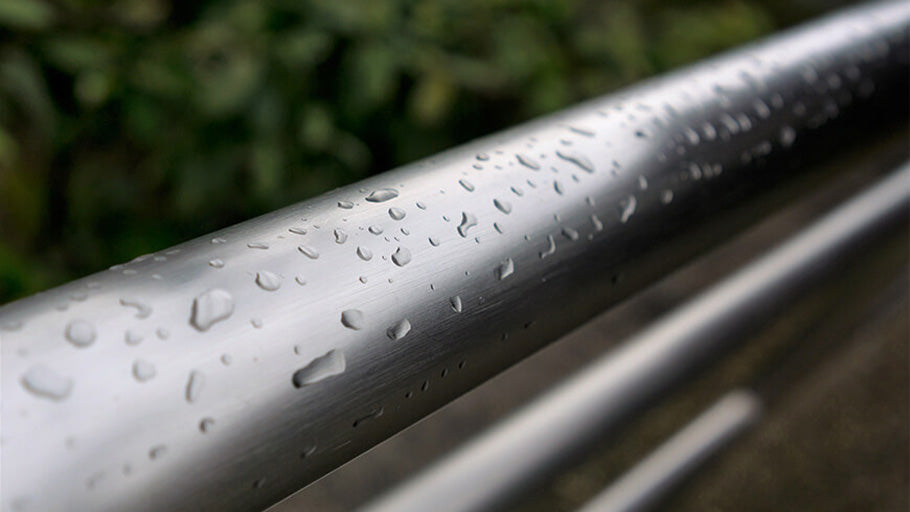Stainless steel balustrading not only adds an elegant touch to indoor and outdoor spaces but also provides durability and corrosion resistance. Choosing the right grade of stainless steel is crucial for ensuring longevity and optimal performance. In this guide, we will explore the distinctions between Grade 304 and Grade 316 stainless steel, emphasizing their applications and the importance of selecting the appropriate grade for different environments.
Understanding the Grades:
-
Grade 304 Stainless Steel: Ideal for Indoor Use
Grade 304 stainless steel is a popular choice for indoor balustrading due to its excellent corrosion resistance and cost-effectiveness. Its composition includes 18% chromium and 8% nickel, making it resistant to oxidation and corrosion in normal atmospheric conditions. This grade provides an aesthetically pleasing finish for interior spaces and is commonly known as brushed chrome.

-
Grade 316 Stainless Steel: A Must for Outdoor Applications
Grade 316 stainless steel, on the other hand, is specifically designed for outdoor use, offering enhanced corrosion resistance, particularly in marine and coastal environments. With the addition of 2% molybdenum, Grade 316 becomes more resistant to corrosive elements like salt and brine. For coastal installations, mirror polished Grade 316 stainless steel, often referred to as chrome, is recommended for its superior protection against the harsh coastal climate.

When sourcing stainless steel balustrading components, it is crucial to choose a reliable supplier. Balustrade Components UK Ltd stands out as a trustworthy provider with traceability on all products. Our commitment to quality is reflected in our ability to provide certificates of conformity, instilling confidence that the materials are precisely as advertised.
Stainless Steel: Stain-Less, Not Stain-Free
Despite its name, stainless steel is not entirely stain-free. Discoloration or tea staining may occur, especially in coastal environments or areas with high pollution levels. Regular cleaning is essential to maintain the stainless steel's appearance and structural integrity.
Maintenance Tips:
-
Regular Cleaning:
Implementing a regular cleaning routine is crucial for preventing corrosion and maintaining the aesthetic appeal of stainless steel. Mild soapy water and a soft cloth can effectively remove dirt and contaminants.
-
Avoid Harsh Chemicals:
Harsh chemicals and abrasive cleaners should be avoided, as they can damage the protective layer of stainless steel, leading to potential corrosion issues.
-
Protective Coatings:
Applying a protective coating, such as a passivation treatment, can enhance the corrosion resistance of stainless steel, reducing the risk of tea staining.
In summary, the choice between Grade 304 and Grade 316 stainless steel for balustrading depends on the environment in which it will be installed. Grade 304 is suitable for indoor use, while Grade 316, particularly in mirror polished form, is recommended for outdoor and coastal applications. Balustrade Components UK Ltd provides the assurance of quality and traceability, ensuring that your stainless steel components meet the required standards. Remember, stainless steel is stain-less, not stain-free, so regular maintenance is key to preserving its beauty and functionality.

